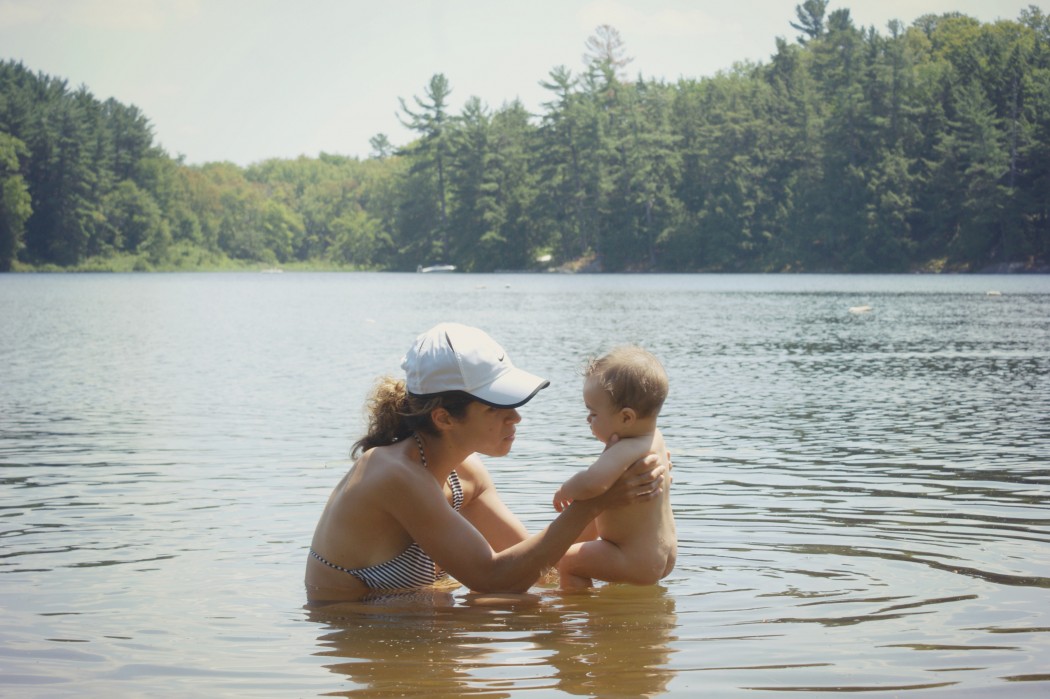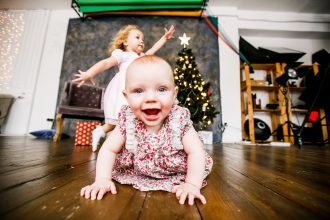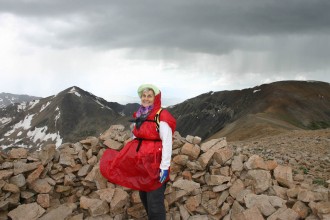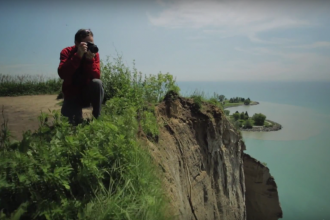A good portrait of a loved one is worth much more than a thousand words. It will be cherished for a lifetime, and it may even come to represent your family members for generations to come. To help turn your cottage moments into lasting memories, use these professional tips for taking great pictures of the people you love.
Keep it simple with presets
If you want to make it super easy, there’s a setting for that. Most digital cameras come with a bunch of presets. Portrait mode is usually represented by a face or a head on a dial or LCD screen. Setting your camera to this mode will ensure your subject’s face is in focus while the background is a little bit blurry. It will add flash to the image if the camera deems the subject too dark. If you want to get more involved with setting up your camera properly, try the following tips.
Light it up
While professional photographers may arrive with strobes, backdrops, and reflectors for a portrait session, all that gear isn’t necessary. What they’re trying to do with that equipment is control the light. So the first thing you’ll need to do for a perfect portrait is start with great light.
An easy way to do this is to shoot during the golden hour on a clear day. The golden hour is the time just after the sun has come up, or just before it sets. The warm, golden light at this time of day makes everything more beautiful. Shoot with your back to the sun and get your subjects to face you.
Choose your lens
Choosing the right lens for portraits is important. If you’re using a DSLR, it’s best to use any lens that is 50mm or above. To get technical, a 50mm lens on a full-frame sensor sees just as the eye sees. If your camera has a 1.6 crop factor, then you’ll get away with a 35mm lens, but to keep it simple a 50mm lens or above sees as the eye sees. This means there is no distortion.
Wide-angle lenses will create distortion, but the 50mm won’t. You don’t want distortion in portrait photography, because you want to capture your family as they truly look.
Set your camera
For portraits you’ll generally want your ISO—a term that refers to the sensitivity of your camera’s sensor—to be as close to 100 as possible. This will ensure the images aren’t too grainy. You’ll also want your aperture—an opening that lets in varying degrees of light—to be fairly wide open (use the smallest number on the aperture dial, i.e., 2.8). This will create a shallow depth of field, so your subject will be in focus but the background will be a little bit blurry. Try setting your camera to its “aperture priority,” setting and opening the aperture as wide as you can. As long as the shutter speed is still fast enough to freeze any movement, you’ll be all set.
Alter your perspective
Get high, get low, or get anywhere unusual for a unique image. While shooting portraits, you’ll easily get stuck in the rut of shooting at eye level. But more dramatic angles create more dramatic photos. Shooting from a ladder or from down on the ground will give you interesting results, some more flattering than others. Try all of them and pick the shots you love most.
Location, location, location
Choosing where to shoot portraits is a big deal. You don’t want the background to take away from the photo, so monochromatic backgrounds with not too much detail are good. Think old barn walls, brick walls, or open fields. Remember to think about where the sun will be while you’re scouting locations, as well as where the sun will rise and set if you’re going to shoot during the golden hours.
Keep it candid
Taking portraits can make some people uncomfortable. The best way to deal with this is to make the shoot fun. And don’t just snap shots while your family is expecting it—the candid shots are often the best ones. As a photographer, you need to be excited to get the most out of your subjects. Make jokes, have them make silly faces, or get them to try juggling. Do anything to make them laugh. And take lots of photos while they are laughing.

























